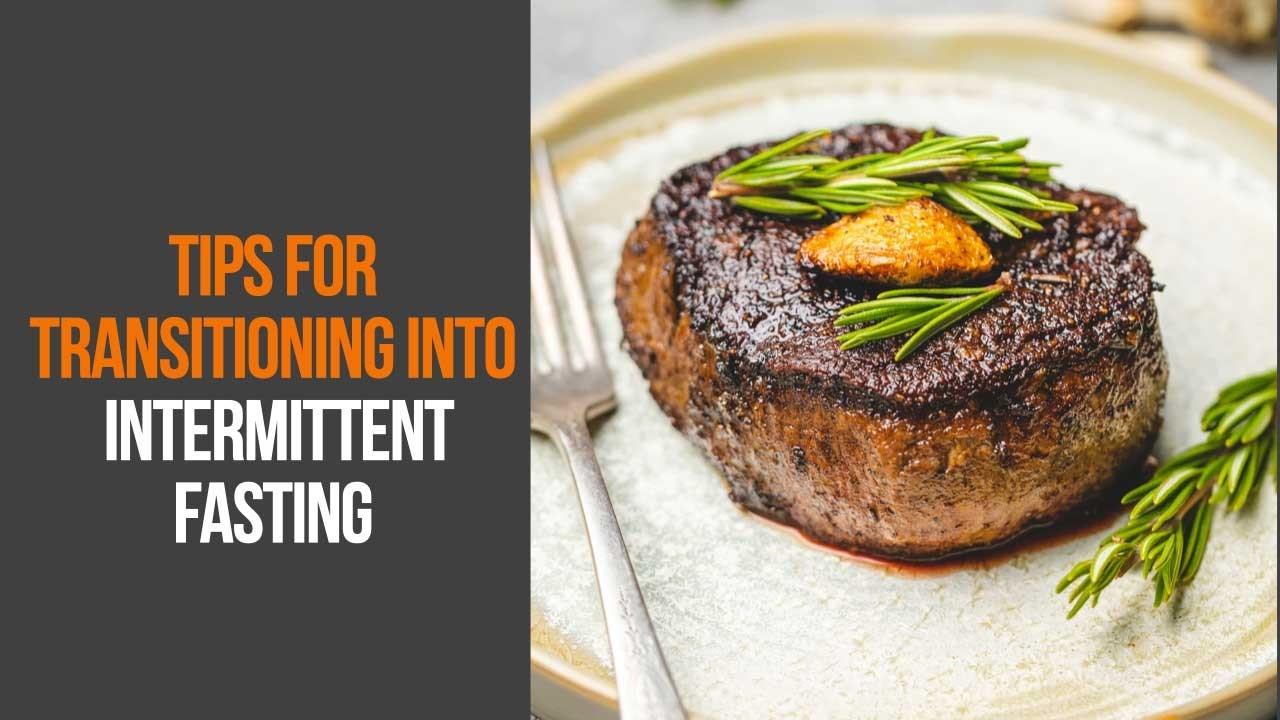Tips for Transitioning Into Intermittent Fasting
Oct 27, 2020
Intermittent fasting can benefit you in many ways, particularly with burning more fat and losing weight, but you shouldn’t just jump in with both feet. Many people struggle to start right away, and do better with a slower transition. Take a look at these tips for getting into intermittent fasting at a slower pace for long-term success.
Don’t Start it During a New Diet
This is really important, because it can make or break your intermittent fasting transition. If you are doing IF along with a new way of eating, like Keto or a low-calorie diet, you need to try the diet first. Your body needs time to adjust to new foods and meals, whether you are cutting out meat on a vegetarian diet or you are reducing your carbs dramatically. Try to stick to your new diet for 1-2 weeks, then add in intermittent fasting. This will make the transition go much more smoothly.
Transition Slowly
Another tip that can help you transition into intermittent fasting is by not doing it every day. This mostly applies to fasting protocols like the 16:8 split, where you eat for 8 hours, fast for 16 hours, then repeat the following day. You can still gain benefits from this type of fasting protocol if you start with just a couple days a week, take a break from it, then start it again. Every week, try to add on another day until you are able to stick with it mostly every day. Other fasting protocols, like 5:2 or Warrior require you to go a full 24 hours while fasting, but you can try just 18 hours or 20 hours, then start increasing it as you become more comfortable with the fasting window.
Take Your Schedule Into Consideration
This is helpful when you are still in the planning stage and trying to figure out which intermittent fasting protocol is right for you. You shouldn’t choose an IF protocol just because your friends are doing it, or you want to try the most extreme. You really need to think long and hard about it, looking at your current schedule. If there is no way you can have all your meals in just 8 hours because of an erratic schedule, then the LeanGains 16:8 protocol is not for you. On the other hand, if you know you can’t do 24 hours with no eating, then it might be right for you. Think about your preferences, schedule, and whether or not it will affect others you live with when deciding which one is going to be the best fit. This makes that transition much easier to handle.
Discover the 5 simple steps to integrate Intermittent Fasting FREE!
Click HERE to download the Intermittent Fasting Quick Start Guide


